WHAT’S NEXT
AARP at 65
We like to call our two primary roles for older Americans “wise friend” and “fierce defender.” On our milestone anniversary, here are just some of the ways we’ve played those parts since our founding in July 1958, plus a hint of what’s next.

1958
→ The AARP Health Insurance Plan, a special group policy underwritten by Continental Casualty Corp., becomes the first nationwide health insurance for all persons 65 and over—seven years before Medicare is enacted.

→ In October, the first issue of AARP’s bimonthly magazine, Modern Maturity, is published. Today, its descendants, AARP The Magazine and the AARP Bulletin, are the highest-circulation publications in America and regularly receive top awards for excellence.

→ The first-of-its-kind AARP Travel Service begins organizing tours and travel designed to accommodate the needs and interests of older people. Its first trip: a “Grand Circle” tour of Europe. Within 10 years, AARP’s group tours are offered everywhere in the world.
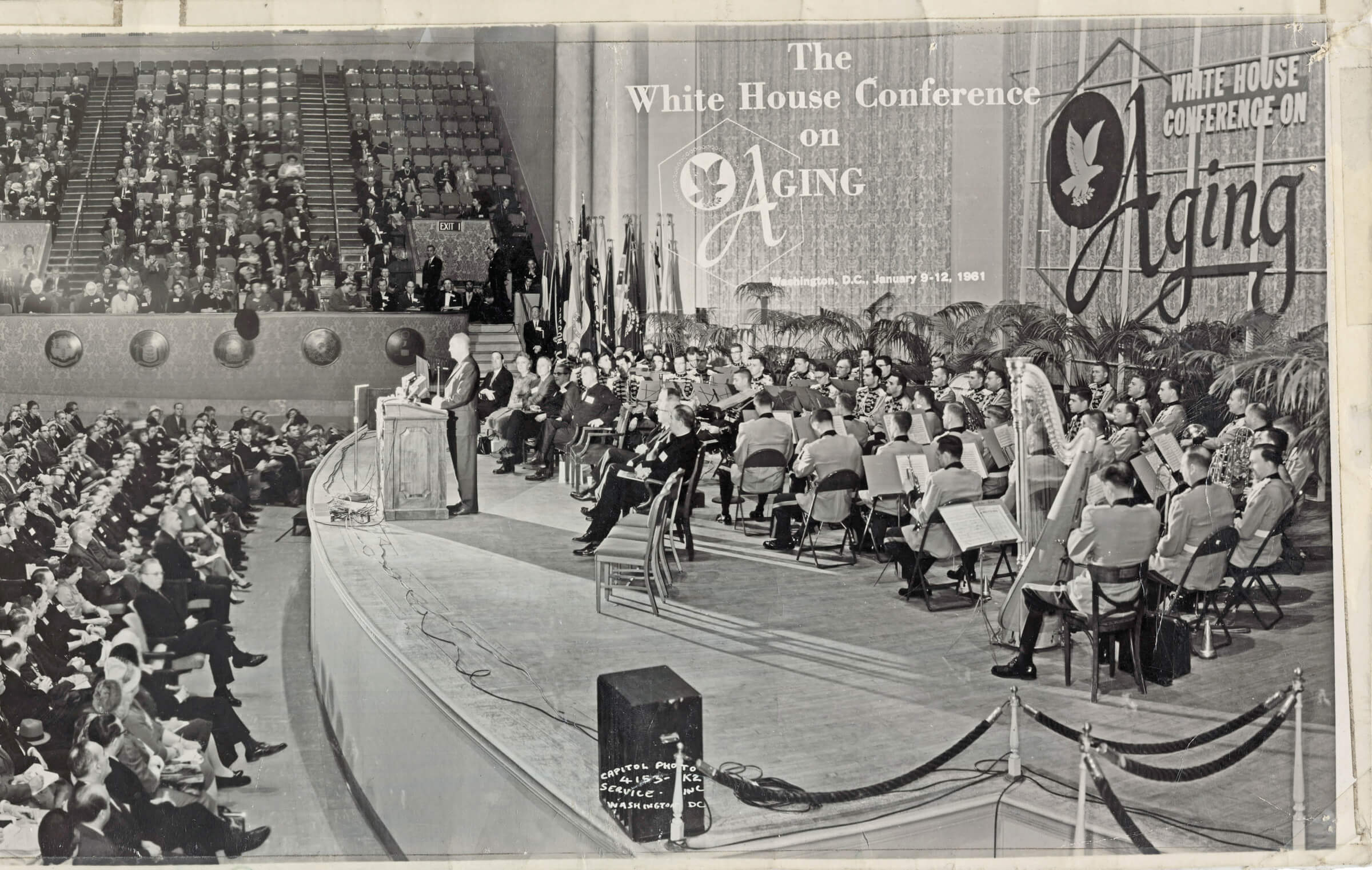
1961
→ In January, AARP participates in the first White House Conference on Aging, a national forum with the mission of ensuring the well-being of older persons.
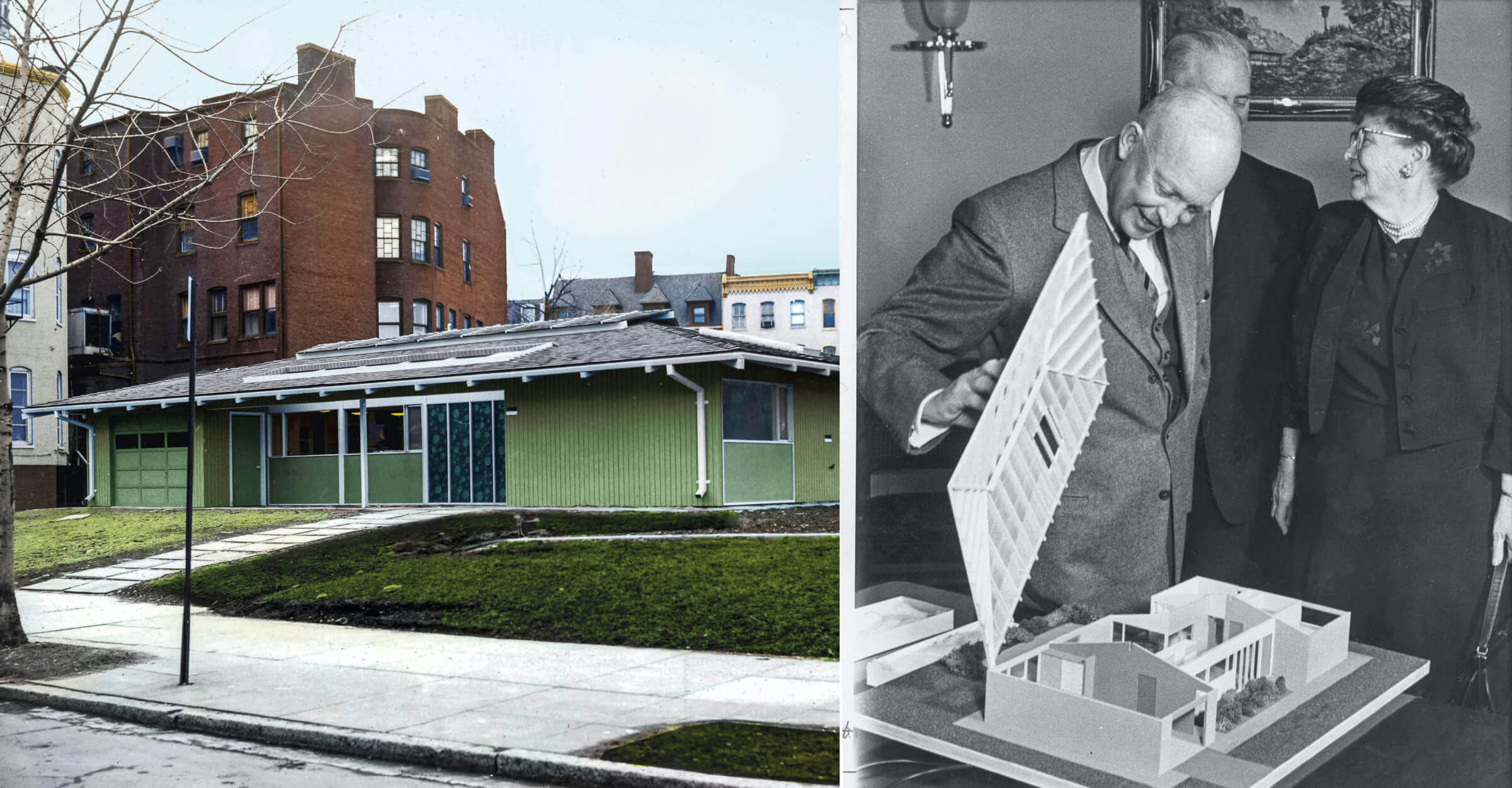
→ For that conference, AARP funds one of the nation’s first universal design homes—the House of Freedom—in downtown Washington, D.C., giving the key to President Dwight Eisenhower. It’s a pioneering step in AARP’s efforts to promote livable housing for older people.
→ AARP creates a charitable and philanthropic foundation. From that start, AARP Foundation today funds many programs to help older Americans.

1964
→ At the 1964–65 World’s Fair in New York, AARP’s Dynamic Maturity Pavilion draws hundreds of thousands of visitors to see a vision of aging well.
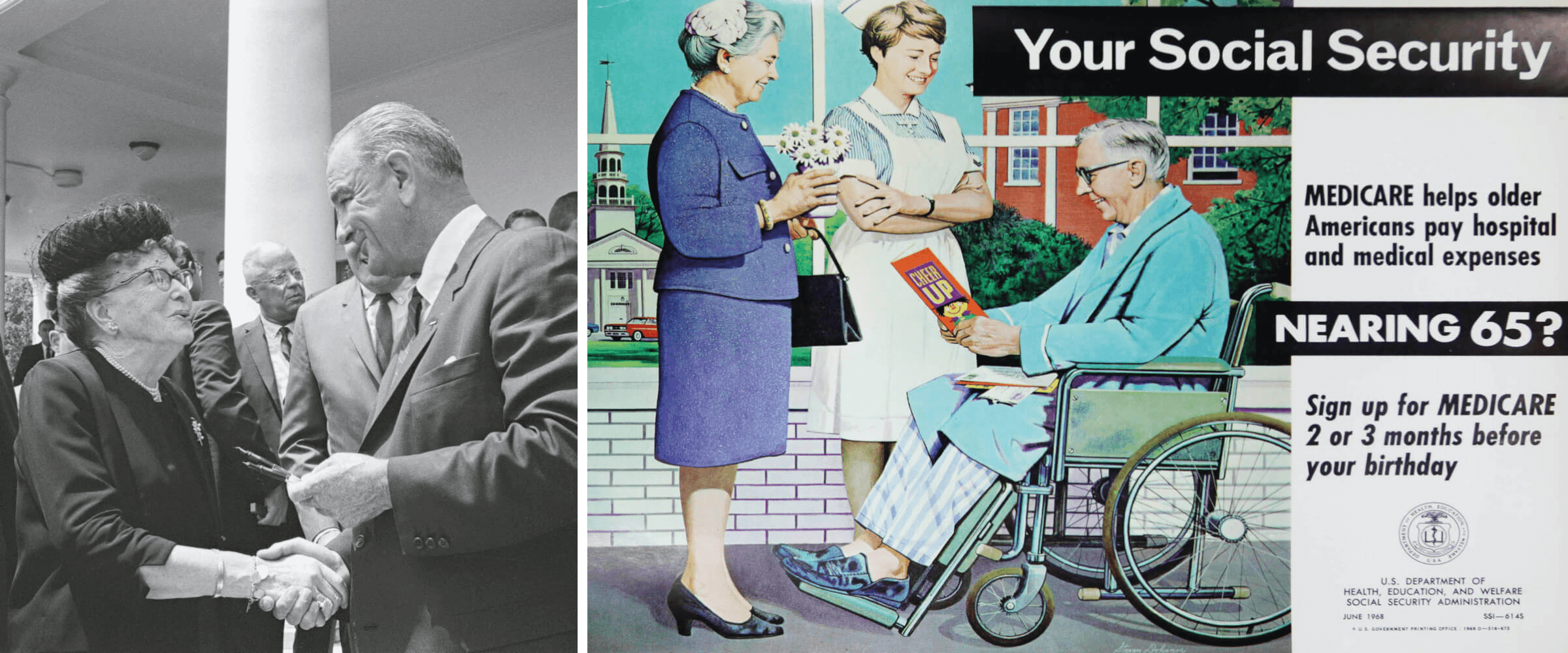
1965
→ AARP is on the forefront of efforts to pass the Social Security Amendments Act of 1965 that creates Medicare. Provisions initially conceived by AARP are incorporated in the final legislation.

1967
→ Responding to a disquieting trend of insurance companies canceling older drivers, AARP begins offering members a unique automobile insurance—Driver Plan 55 Plus—that cannot be canceled solely because of age.
→ AARP works diligently to ensure passage of the Age Discrimination in Employment Act of 1967, which bans age-based discrimination against people ages 40 to 65. (Nineteen years later, a law passes to remove the upper age limit.)
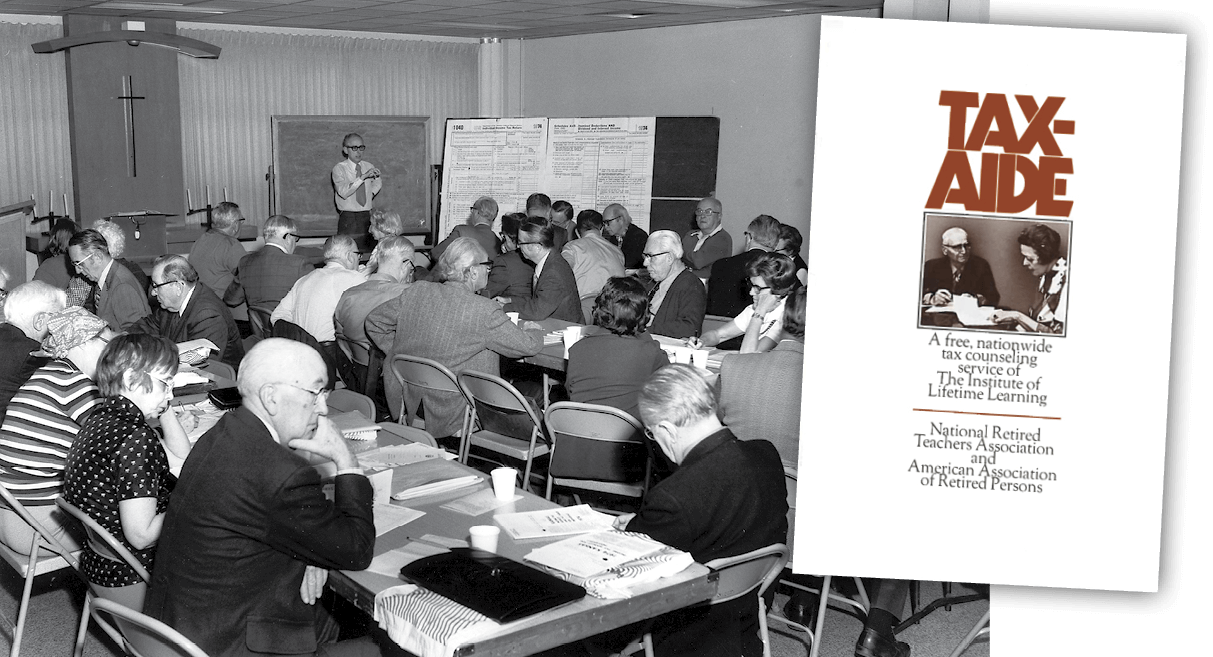
1968
→ AARP Foundation Tax-Aide begins. The program will go on to provide free tax preparation and filing services for more than 75 million low- and moderate-income taxpayers. This year, AARP secured $1.1 billion in refunds for people using the free service.
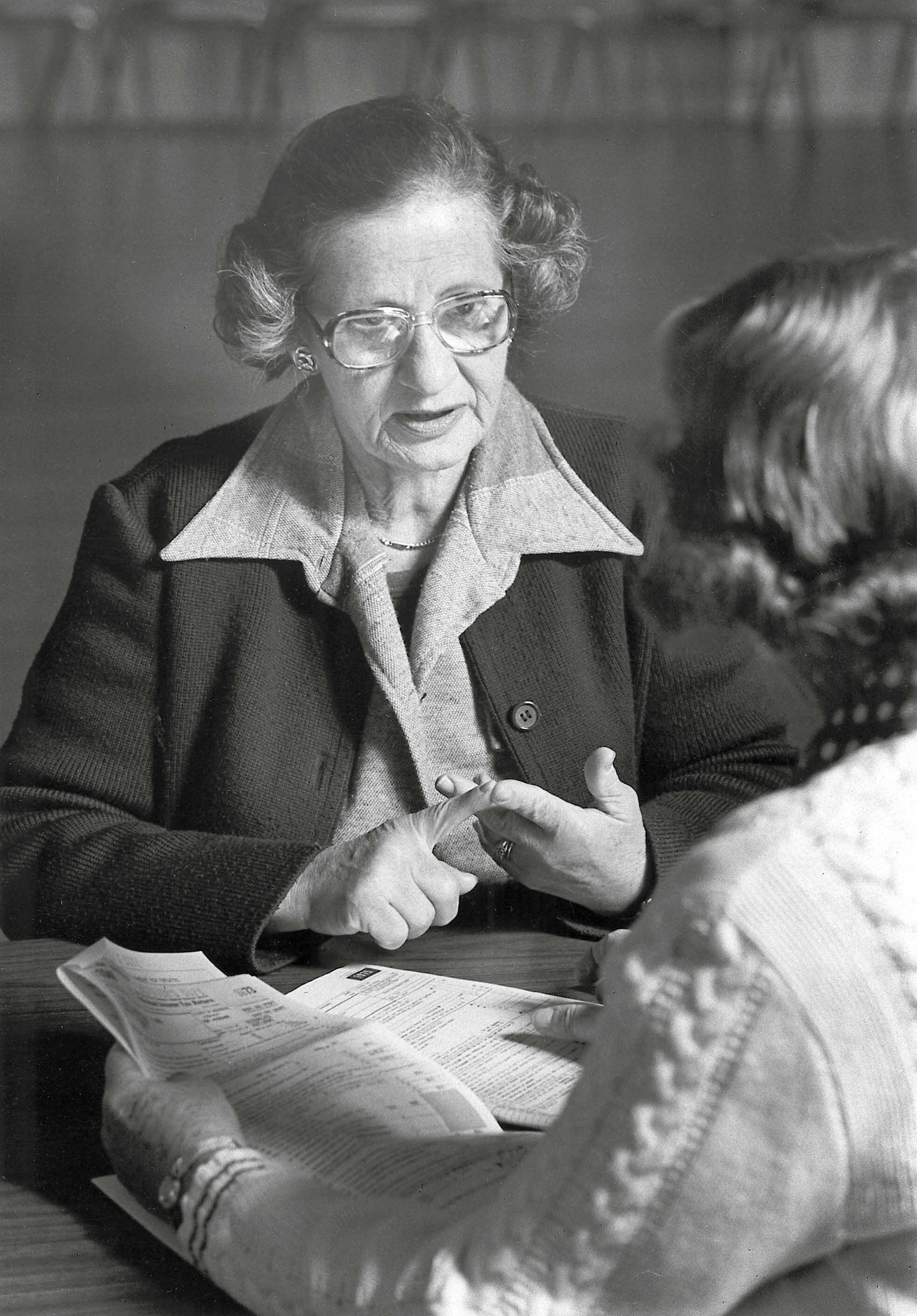
1971
→ At President Richard Nixon’s White House Conference on Aging, a robust AARP delegation pushes for an end to mandatory retirement age.
1972
→ AARP is a leader in the successful fight to create a yearly cost-of-living adjustment (COLA) to Social Security benefits, protecting older Americans from inflation.
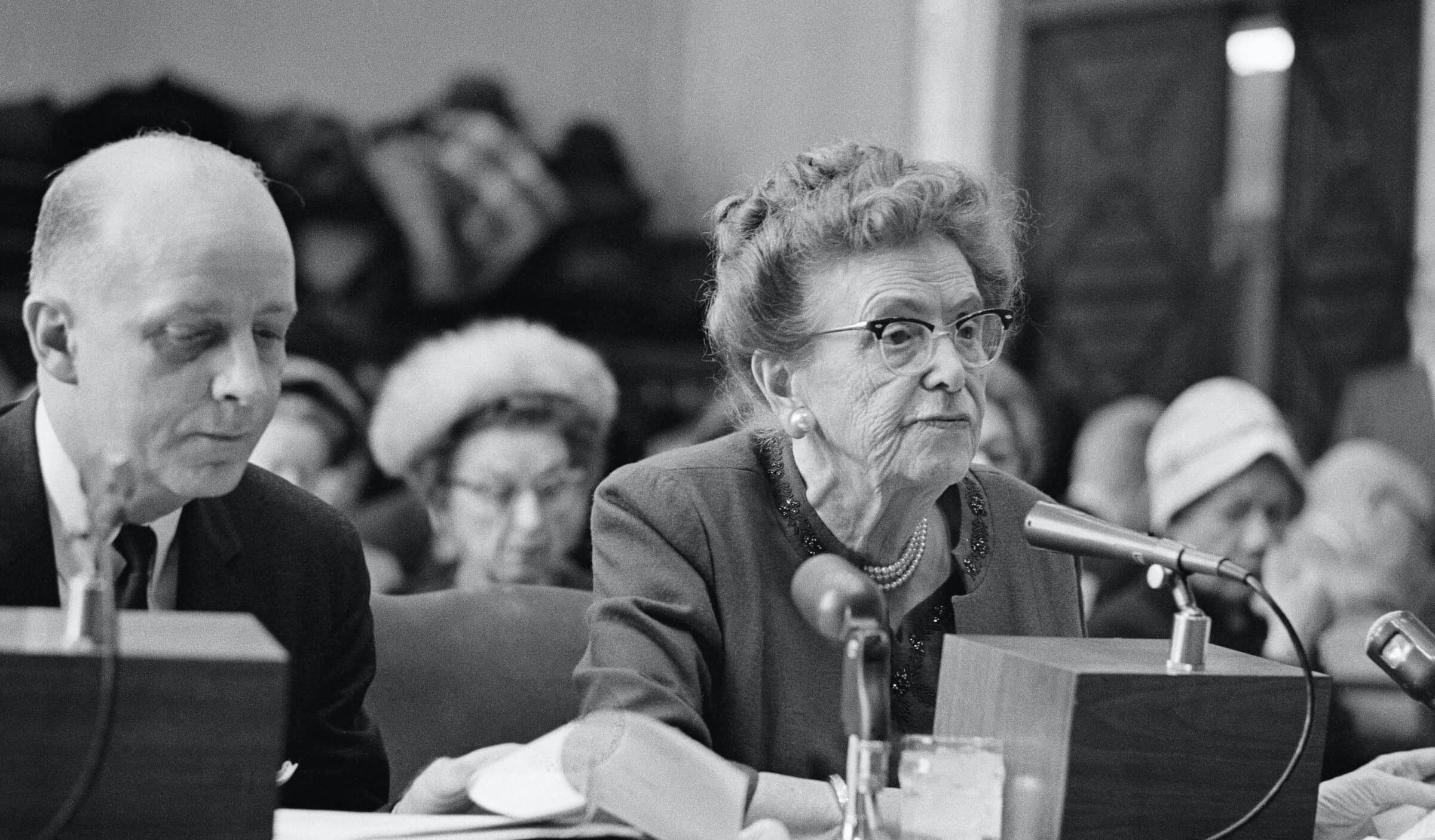
1973
→ In a year dominated by the Watergate hearings, AARP sponsors a Crime and Safety Program designed to help older Americans avoid becoming victims of consumer frauds. Today, AARP’s anti-fraud efforts are nationally recognized as critical to the protection of older Americans.
1976
→ AARP ratchets up its nonpartisan efforts to encourage voting, distributing copies of a “Getting Out the Vote” guide to members and registering thousands of voters in nursing homes and other senior facilities.

1979
→ AARP kicks off its 55 ALIVE program to help older drivers stay independent, safe and confident while on the road. Now called AARP Driver Safety, it’s the nation’s largest classroom/online driver-safety and driving-refresher program designed especially for drivers age 50 and older.

1982
→ The AARP Pharmacy Service begins the nation’s first program to supply prescription-drug information leaflets with customers’ orders. This becomes an industry-wide model for helping patients learn to use medicines wisely.
1984
→ President Ronald Reagan signs the AARP-backed Retirement Equity Act, which allows pensions to be divided upon divorce or legal separation—a significant breakthrough in enhancing women’s financial security.
1985
→ The AARP Public Policy Institute is established. It is now one of the nation’s leading research organizations aimed at reliable, objective information on aging.
→ AARP launches the Minority Affairs Initiative to help create greater awareness of the needs of aging Blacks, Hispanics and other members of our diverse culture.
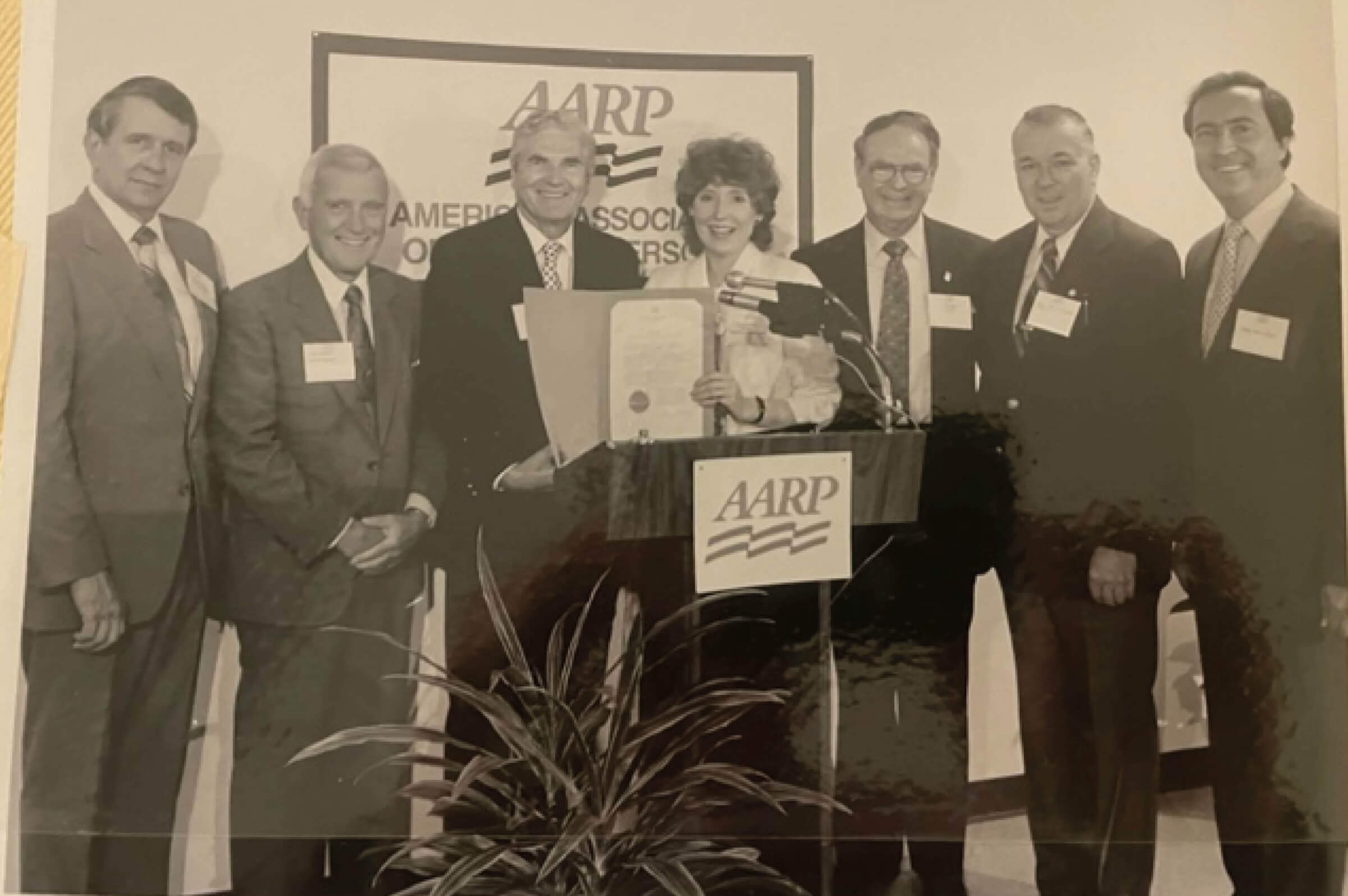
1987
→ Recognizing the need to be closer to members and other older Americans, AARP establishes its first state office in Pennsylvania. Today, AARP has offices in all 50 states, Puerto Rico, the U.S. Virgin Islands and Washington, D.C.
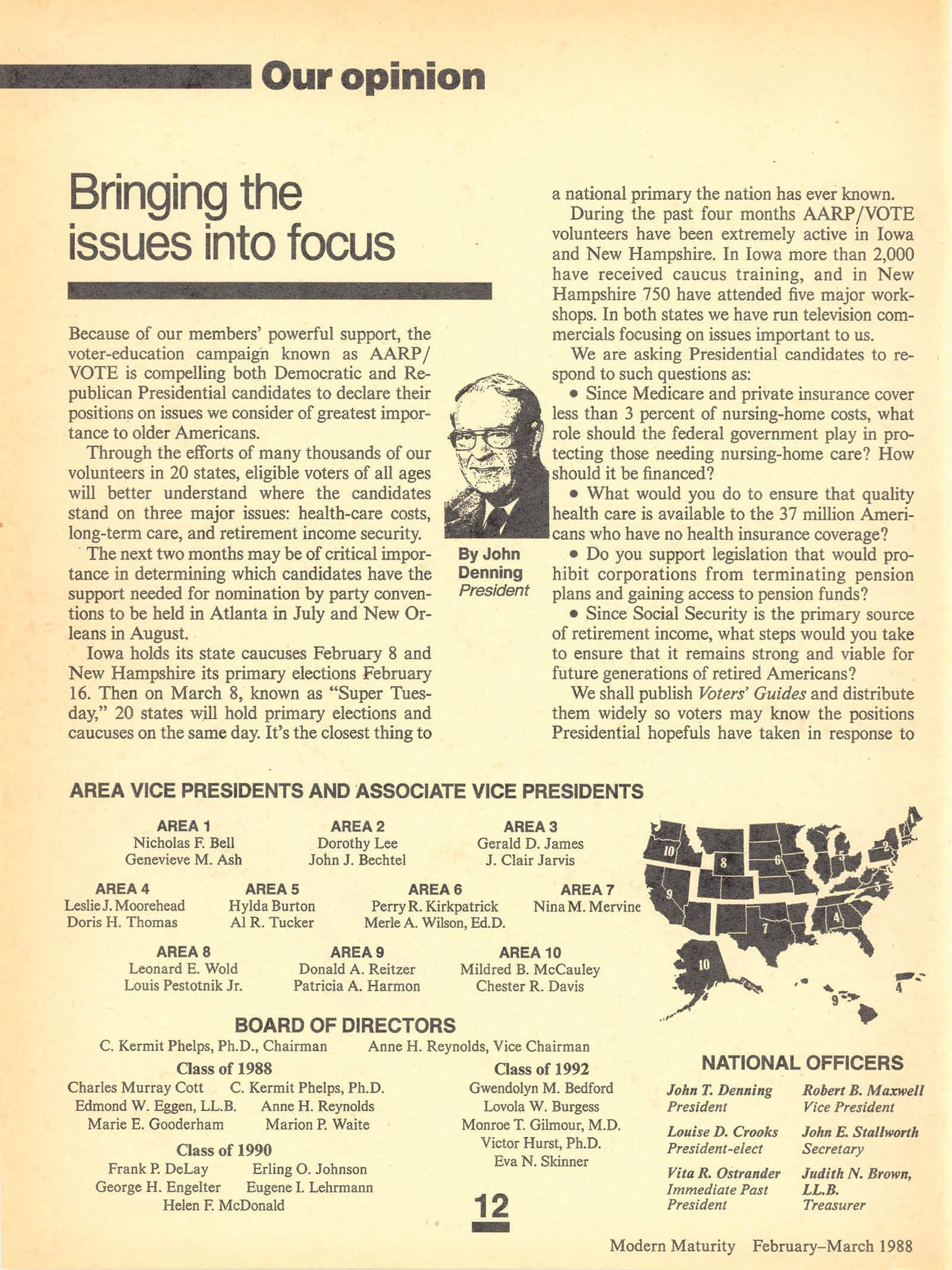
1988
→ Ahead of the year’s presidential election, AARP holds presidential candidate forums and mails informative, nonpartisan voter guides to members in key states. Campaigns to get older Americans to vote have continued with most every major election.
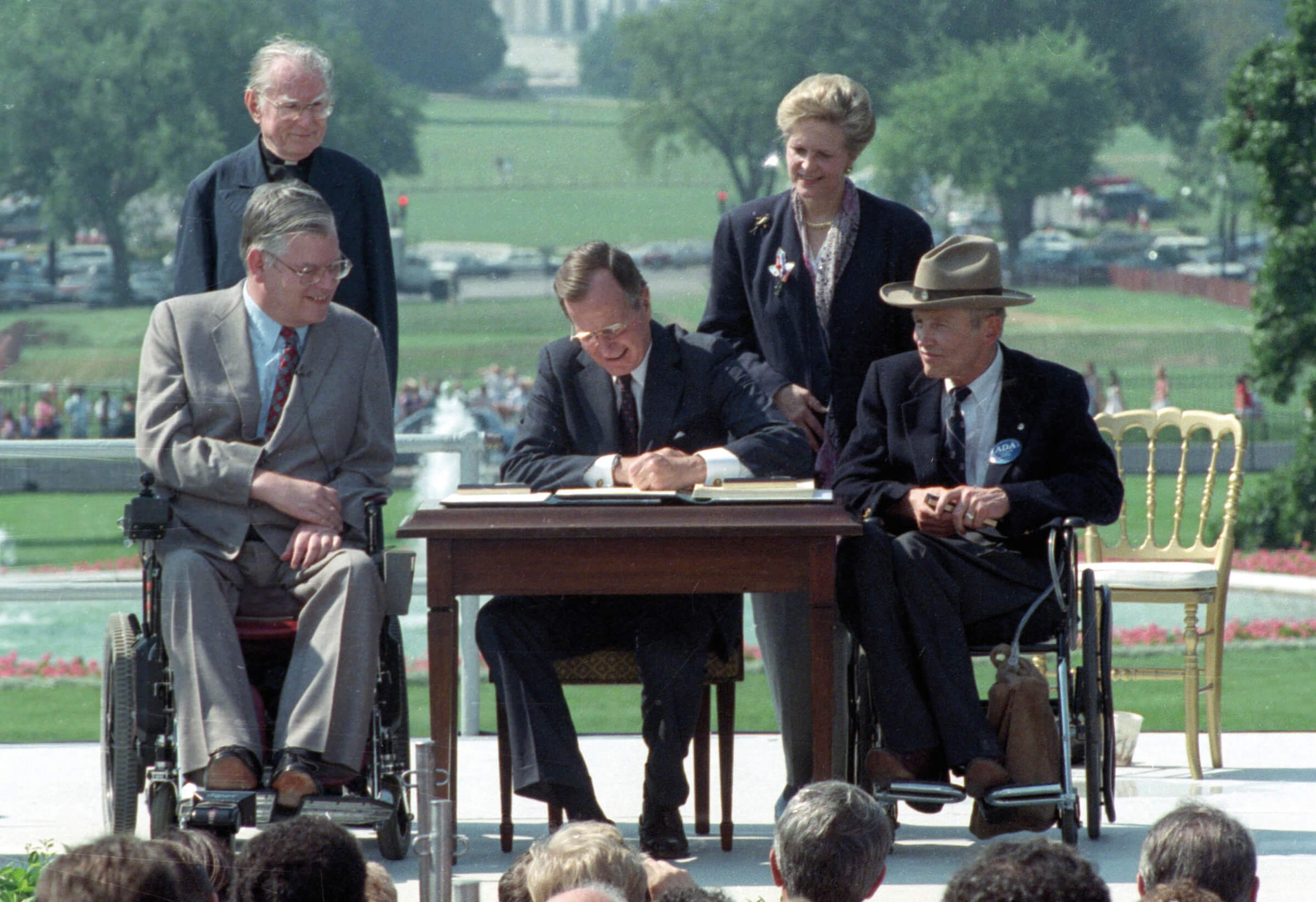
1990
→ The Americans with Disabilities Act becomes law, banning employment discrimination against the disabled and requiring greater access to buildings and public transportation. AARP is a strong advocate, in recognition that more Americans face disabling illness or injury as they age.
1991
→ Recognizing the need to help veterans who are moving into civilian life, AARP creates the Transition Planning for Military Personnel. AARP has been a strong advocate for veterans throughout its history.

1994
→ AARP Online launches with portals on AOL, Prodigy and CompuServe, enabling members to look up information about the organization’s programs and services. AARP.org is launched two years later.
1998
→ AARP Foundation Litigation is established to protect people 50-plus in the courts. Recent efforts have included aggressive litigation to make long-term care facilities safer, stop age discrimination, protect pensions and retirement savings, and keep medical records private.
→ AARP teams with Microsoft Corp. to offer seminars nationwide to help members learn how to use the internet.

2000
→ AARP’s advocacy efforts help repeal the Social Security earnings limit. As a result, hundreds of thousands of people no longer lose some of their Social Security benefits when they choose to continue working.

2002
→ To address Hollywood’s dearth of movies for older Americans, AARP The Magazine introduces Movies for Grownups as a regular feature. Today, the Movies for Grownups Awards ceremony is among the elite awards programs each year in Hollywood.
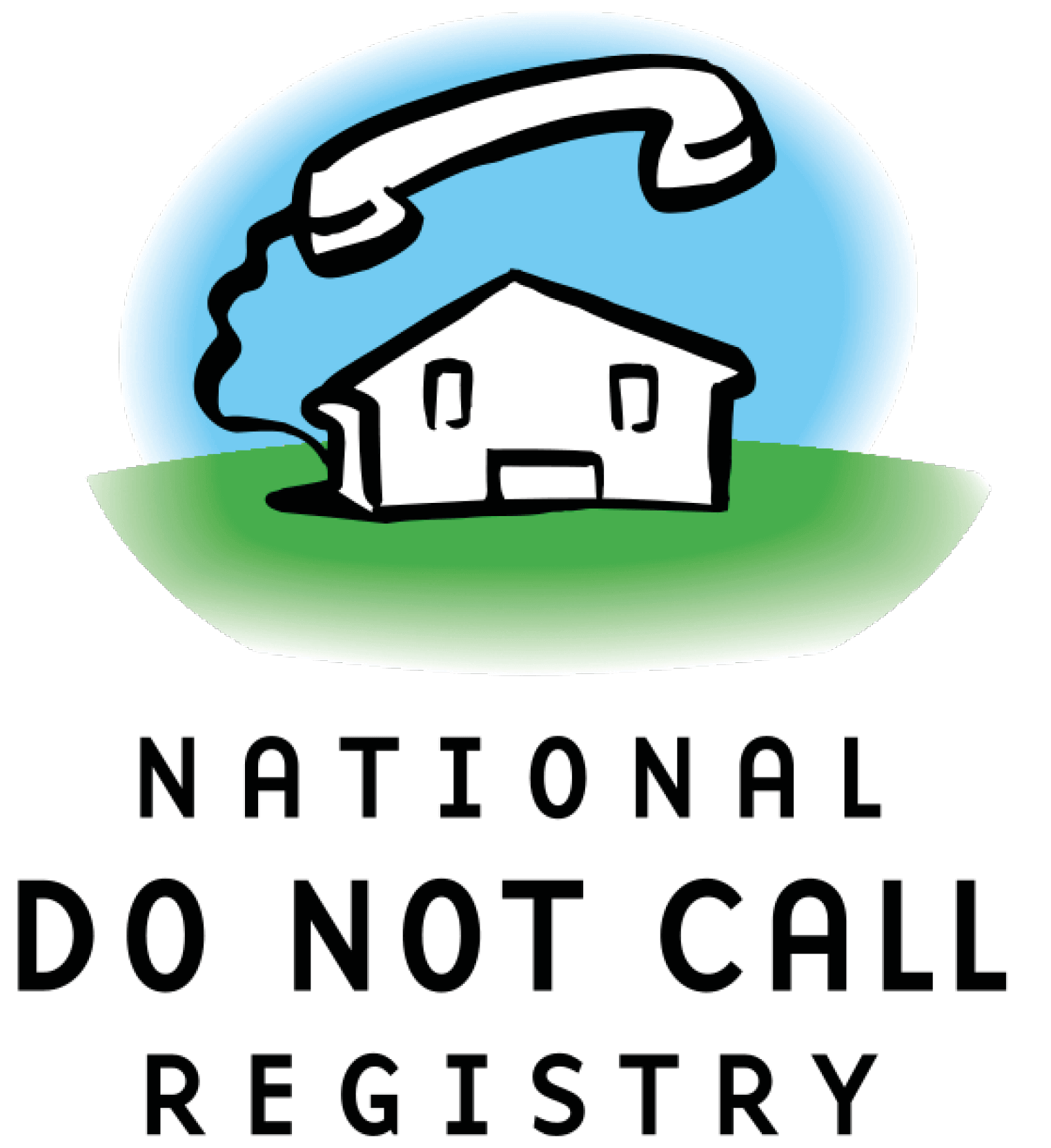

2003
→ AARP works diligently to help enact the National Do Not Call Registry.
→ AARP works to create Medicare Part D, which for the first time provides Medicare coverage for prescription drugs.

2005
→ Following the devastation of hurricanes Katrina and Rita, AARP Foundation leads large fundraising and volunteer service efforts to assist older victims. AARP and its foundation have raised tens of millions of dollars for victims of natural disasters and other calamities in both the U.S. and overseas through the years.
2007
→ AARP’s study “Valuing the Invaluable” finds that family caregivers contribute a massive $350 billion in economic value—more than four times what Medicare and Medicaid spend annually on nursing home care. AARP’s work to bring attention to the value, and needs, of family caregivers continues.
2009
→ The National Academy of Television Arts and Sciences presents its Trustees Award to AARP—the first time in history the award goes to a nonprofit. The award “honors AARP for its use of television and other forms of electronic media to ... enhance the quality of life for all as we age.”
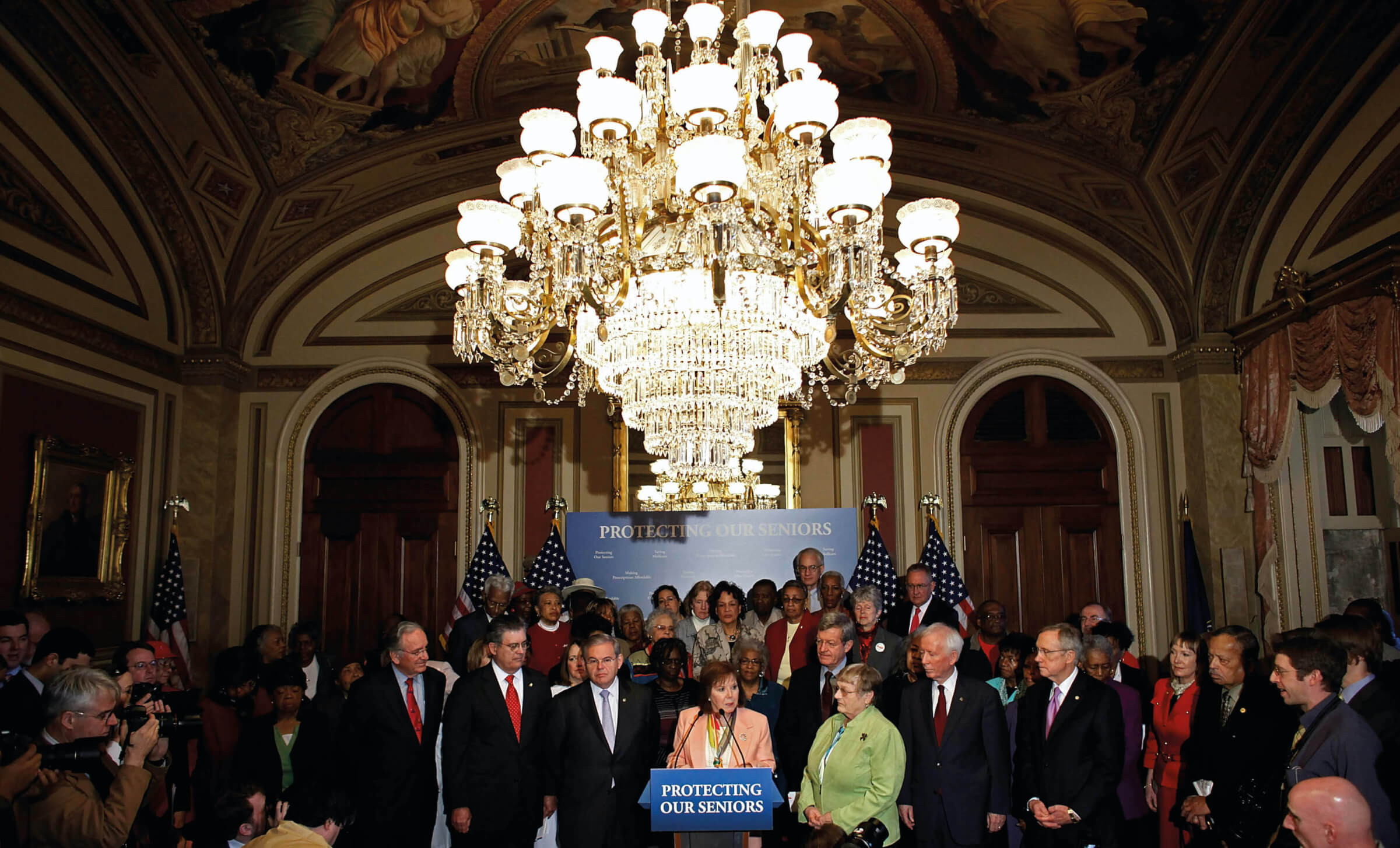
2010
→ AARP fights for the Affordable Care Act, which prevents a costly “age tax” to purchase insurance, requires insurers to cover people with preexisting conditions and helps people in Medicare with high drug costs by gradually closing the Medicare prescription drug coverage gap, or what Medicare calls the “donut hole.”

2011
→ Recognizing the critical need to teach young people better reading skills, AARP joins with Experience Corps to create a nationwide volunteer network of older adult tutors.


2013
→ Building on decades of consumer protection efforts, AARP launches Fraud Watch Network, which has helped tens of millions of people spot, report and avoid scams and identity theft.
2014
→ AARP launches AARP Travel, a one-stop collection of travel resources that helps people dream, plan, book, experience and share a trip.
2020
→ With COVID-19 forcing many people to quarantine, AARP urges Medicare to expand coverage of telemedicine—a change that is soon adopted.

2022
→ AARP leads efforts that are signed into law in 2022 to empower Medicare to negotiate prices of certain drugs, cap out-of-pocket costs for Medicare Part D beneficiaries and impose tax penalties for drugmakers that increase prices faster than inflation.

→ Millions of Americans with mild-to-moderate hearing loss can now buy less expensive hearing aids without a doctor’s participation, thanks to a new ruling from the Food and Drug Administration after a multiyear advocacy effort by AARP.

2023 ... and Beyond
→ We’re just getting started! AARP has robust plans to be a vital part of improving aging in America for many, many years to come.
With a consequential election looming in 2024, AARP will be running voter education efforts all across America through the primary and general election seasons. Our advocacy to protect and strengthen Social Security will continue, as will efforts to further bring down the price of prescription drugs. AARP will bring the fight against age discrimination to Congress, statehouses, courtrooms and even boardrooms. And our essential work to make sure that family caregivers are respected and supported will go full speed ahead.
On top of that, we’ll keep up our pioneering efforts to protect older people from fraud. AARP has been a wise friend and fierce defender for older Americans for 65 years—and we pledge to keep fighting so that the future is ever brighter for age-50-plus Americans.